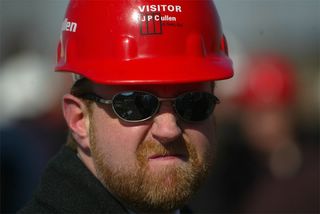Kiyomi Kuroda, take a bow
 A rare Monday off work today -- hooray! -- meant I could stay up late and watch a film last night.
A rare Monday off work today -- hooray! -- meant I could stay up late and watch a film last night.I chose an old favorite, Kaneto Shindo's "Onibaba," from 1964.
Sexual tension mixes with murder, suspicion and superstition in this tale of a pair of 14th century Japanese women who survive wartime by ambushing passing warriors and selling the stripped gear for millet.
The small cast is great, and I have written before about Jitsuko Yoshimura, one of my favorite actresses from the 1960s.
Last night, I concentrated on the expert camera work by the film's director of photography, Kiyomi Kuroda.
Kuroda seems to have done most of his major work with Shindo. In "Onibaba," Kuroda must deal with a series of challenges, including the continual motion of the swaying grass that acts as a de facto major character, as well as a variety of lighting requirements.
"Onibaba" is another of these films that almost requires repeated viewings. One viewing alone is not enough to fully appreciate Kuroda's work.


0 Comments:
Post a Comment
<< Home